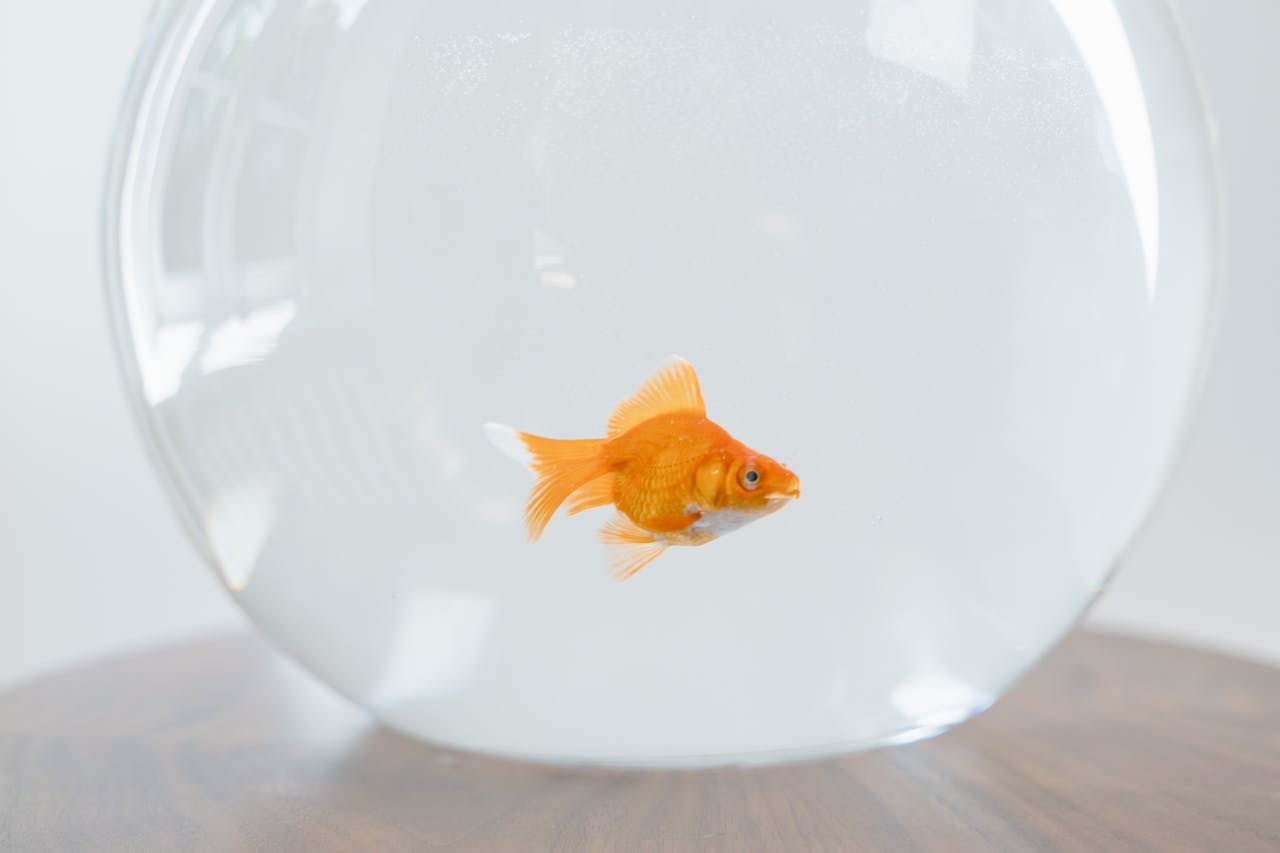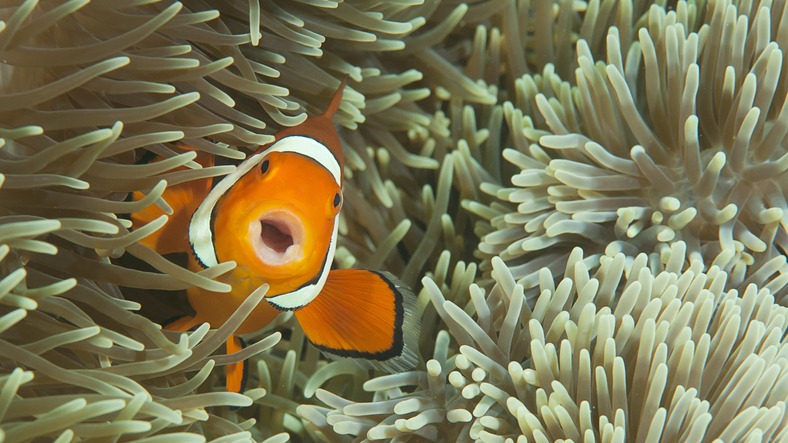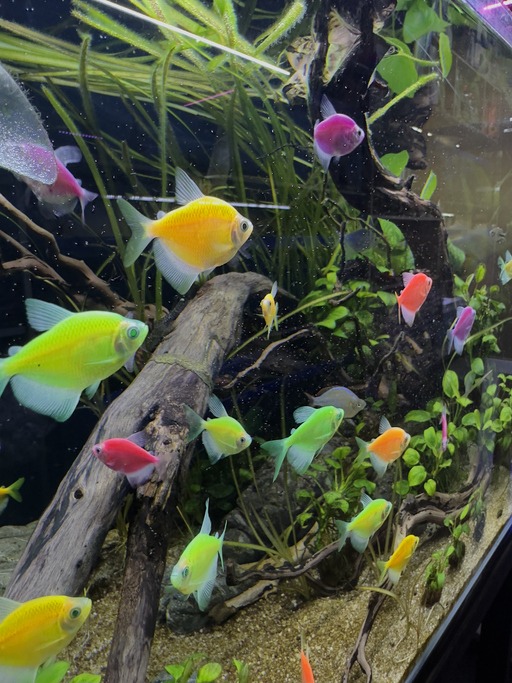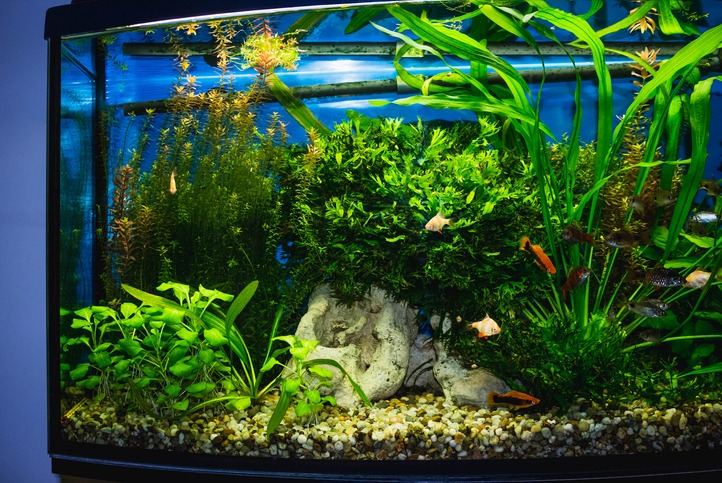Are you considering getting some fish to keep as pets in your home? Perhaps you are a parent who is considering getting a fish for their child? Or maybe you would like to give a fish as a gift to a friend or family member who has expressed the desire to become a fish owner? Taking up pet ownership can be a fulfilling experience and selecting your first fish companion is an important and thrilling choice. Fish make amazing pets because they combine beauty, calm, and interactivity especially. However, choosing the correct fish is crucial to guarantee your new aquatic buddy’s health and your happiness as a pet owner.
Contained in this article are a few important considerations that you should keep in mind when exploring your options for your first fish.
Research is Key
Before Diving In: The first step is research. Understand the needs, behaviors, and environmental requirements of different fish species. This knowledge will guide you in making an informed decision about which fish is right for you.
Choosing the Right Fish
You may choose from a huge variety of fish to be your first fish. It is recommended that you start with something relatively easy, inexpensive, and small as this will be the most manageable.
When choosing a fish, you need to be very mindful of how much it will develop in the future. Think about this in addition to their own diets and behaviors. However, not all fish are suitable for beginners. Some require specific water conditions, while others might not play well with tank mates.
Common First Time Aquatic Companions
- Betta Fish– Vibrant and easy to care for, Betta fish are known for their colorful fins and low maintenance requirements.
- Goldfish– Hardy and adaptable, goldfish make great companions for beginners. They come in various varieties, each with its unique charm.
- Guppies– Small, colorful, and active, guppies are a popular choice for beginners due to their ease of care and lively personalities.
- Platies– Similar to guppies, platies are hardy and come in various colors. They are known for their peaceful nature.
- Swordtails– Recognized for their distinct sword-like tail fin, swordtails are easy to care for and add a lively touch to aquariums.
- Mollies– Mollies are versatile and available in different colors. They adapt well to various tank conditions, making them suitable for beginners.
- Tetras– Neon tetras and other small tetra species are colorful and prefer to be kept in groups, adding a dynamic element to the aquarium.
- Corydoras Catfish– Bottom-dwelling and social, Corydoras catfish help keep the tank clean and are compatible with various community fish.
- Danios– Active swimmers, danios are robust and suitable for beginners. They come in various colors and add energy to the aquarium.
- Barbs– Some barb species, like cherry barbs, are beginner-friendly and bring vibrant colors to the tank. Ensure a group of them for a happier environment.
Type of Fish Tank
When you are getting your first pet fish, it is crucial to think about the type of home it will need. Different fish have varying habitat requirements, and these can affect your budget and the kind of tank you need to buy. Some fish enthusiasts select certain fish based on their ability to help maintain the aquarium, like cleaning the tank or contributing to the tank’s ecosystem. There is a wide range of fish tanks and setups to choose from for your first fish. Tank sizes vary greatly, from small bowls to large aquariums that could be bigger than the room you are in. If you already have a tank, introducing new fish might mean you need to change its current conditions. For instance, betta fish are territorial and may not easily accept new tank mates.
Fish tanks come in a broad price range, and sometimes you can find used ones online. However, there is no need to spend too much time researching from scratch. Many fish keepers have shared their knowledge online, making it easier for you to learn. By doing thorough research, you can save time and make a well-informed decision about the right tank and fish for your needs.
Common Types of Fish Tanks
- Betta Tanks– Designed for Betta fish, these tanks are often smaller with partitions to keep Betta fish separate, as they can be territorial.
- Goldfish Bowls– Simple, round bowls are a classic choice for goldfish, providing enough space for them to swim comfortably.
- Community Aquariums– Ideal for various small fish species cohabiting peacefully. They often include plants and decorations.
- Nano Tanks– Compact tanks suitable for small spaces, popular for keeping a few small fish or shrimp.
- Coldwater Tanks– Specifically designed for fish that thrive in cooler temperatures, like some types of goldfish.
- Tropical Aquariums– Equipped with heaters, these tanks maintain a warm environment for tropical fish species.
- Breeder Tanks– Used for breeding purposes, these tanks have special features to protect fry (baby fish).
- Marine or Saltwater Tanks– Designed for saltwater fish and often require additional equipment like a protein skimmer and live rock.
- Species-Specific Tanks– Tailored for particular fish, such as cichlid tanks or specific biotopes that replicate natural habitats.
- Planted Tanks– Focused on live plants, these tanks create a natural ecosystem, benefiting both plants and fish.
Equipment requirements
Another important consideration you should keep in mind when choosing your starter fish is the type of equipment that it will require in order to survive in a tank. Some equipment for things like saltwater tanks can be incredibly expensive, and sometimes difficult to maintain. For this reason, make sure you carefully check what type of tank and habitat your new fish will need in order to get a realistic picture of the costs and efforts involved.
Common Types of Equipment Needed
- Filter System- Crucial for maintaining water quality. Filters remove physical and chemical waste from the water. There are various types, including canister filters, power filters, and sponge filters, each suited for different tank sizes and fish types.
- Lighting- Essential for both aesthetic reasons and the health of the tank’s inhabitants, especially if you have live plants. LED lights are a popular choice for their efficiency and lifespan.
- Heater and Thermometer- Tropical fish require a stable and warm water temperature. Heaters help maintain this, and thermometers ensure the temperature stays within a safe range.
- Air Pump and Air Stones- These help to increase oxygen levels in the water, which is crucial for the fish’s health. They also aid in water circulation.
- Substrate- The material that lines the bottom of the tank. Choices include gravel, sand, or specialized substrates for planted tanks. The substrate can affect water chemistry and is also a key part of the tank’s aesthetics.
- Aquarium Test Kits- Important for monitoring water parameters like pH, ammonia, nitrite, and nitrate levels. Regular testing helps to ensure a healthy environment.
- Water Conditioner- Used to treat tap water, removing harmful chemicals like chlorine and chloramine, making it safe for fish.
- Decorations and Plants- These provide hiding places and enrichment for the fish. They can be live or artificial, depending on your preference and the needs of your fish.
- Aquarium Siphon- Used for water changes and to clean debris from the substrate.
- Algae Scraper/Magnet- Helps in keeping the tank walls clean from algae growth.
Tank decor
Tank decor in an aquarium includes elements like rocks, driftwood, live or artificial plants, and themed ornaments. These decorations enhance the tank’s aesthetic appeal and provide essential hiding spots and shelters for the fish, mimicking their natural habitat.
When choosing a new fish, you should also consider the type of tank decor that will be appropriate for your new pet. Choosing accessories is also crucial as they can either help promote or be hazardous to your fish’s health. Certain fish will thrive with specific tank decor, while others may react negatively to certain decor. For example, if you have a betta fish it is not recommended to have a mirror in the tank as it will agitate the fish.
Regular Care and Maintenance
Caring for your pet fish involves some easy but essential steps. First, make sure to clean their tank regularly. This means changing part of the water often to keep it clean and clear. It is important for the health of your fish. When feeding, give them the correct amount of food they need each day, but be careful not to overfeed. Too much food can pollute the water and is not good for their health.
Also, it is crucial to check the water’s temperature and pH levels to ensure they match your fish’s needs. Different types of fish need different conditions to thrive. Keep an eye on your fish for any unusual behavior or signs of sickness, like not eating or changes in color. This could mean they need extra care or a visit to a vet who knows about fish.
Do not forget to check and clean the tank’s filter regularly, as it keeps the water free from harmful substances. Lastly, give your fish some time and attention. Watching them can be relaxing for you and helps you notice if anything is out of the ordinary. By following these simple steps, you can ensure a healthy and enjoyable environment for your pet fish.
Food
The type of food that your first fish requires is another important thing to consider when making the initial purchase. Some exotic fish have incredibly expensive diets and you will have to pay large sums of money to feed them. Other types of fish eat very cheap food, so these ones might be better options to consider as a beginner fish.
Conclusion
Ultimately, choosing your first pet fish is much more than a simple hobby; it is a heartfelt journey into the world of aquatic life. It is about connecting with a small, vibrant creature that relies on you for its well-being. This choice is a blend of responsibility, learning, and delight. It is not just about the beauty and serenity these creatures bring to your home, but also about the lessons in care, patience, and stewardship they teach. Take this step with thoughtfulness and joy, and let your fishkeeping journey be a fulfilling and enriching experience.




